18+ Sample University Partnership Proposal
-

University International Exchange Partnership Proposal Form
download now -
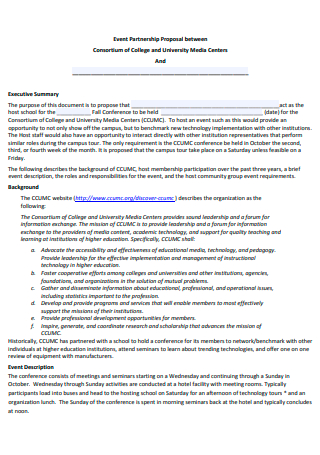
University Media Center Event Partnership Proposal
download now -

University Partnership Research Proposal
download now -
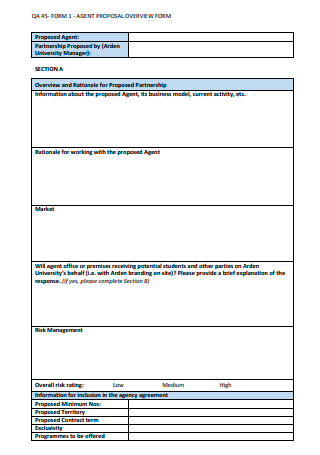
University Partnership Agent Proposal Form
download now -

University Partnership Proposal in PDF
download now -
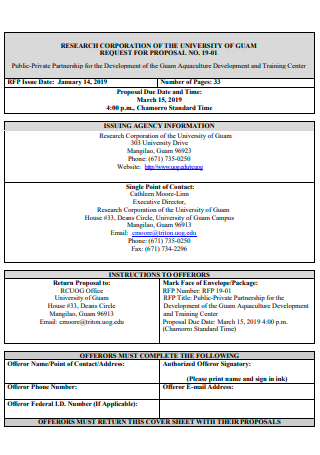
Research Corporation University Partnership Proposal
download now -

Printable University Partnership Proposal
download now -
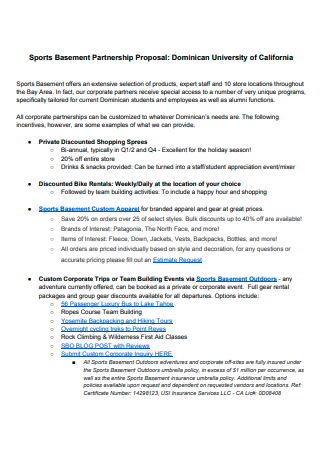
University Sports Basement Partnership Proposal
download now -

University Partnership Proposal Example
download now -
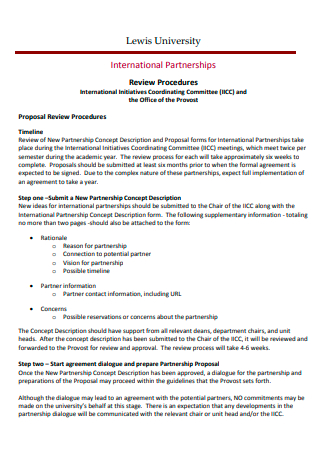
University International Partnership Proposal
download now -
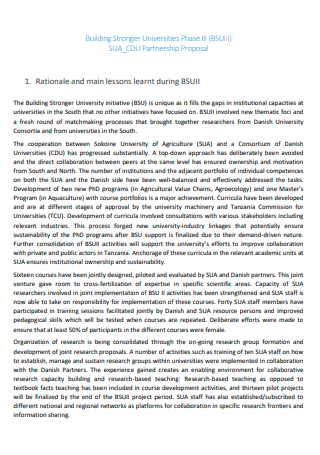
Formal University Partnership Proposal
download now -
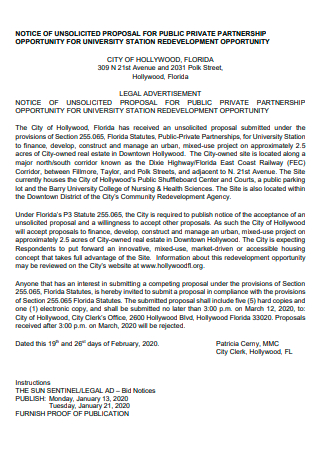
University Public Private Partnership Proposal
download now -
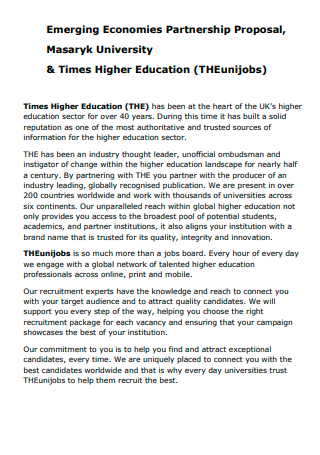
University Emerging Economics Partnership Proposal
download now -
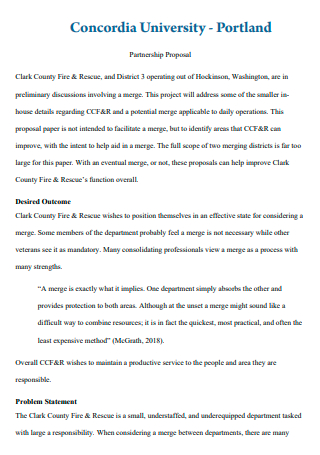
Standard University Partnership Proposal
download now -
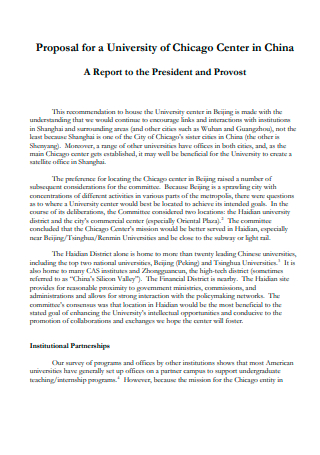
University Institutional Partnership Proposal
download now -
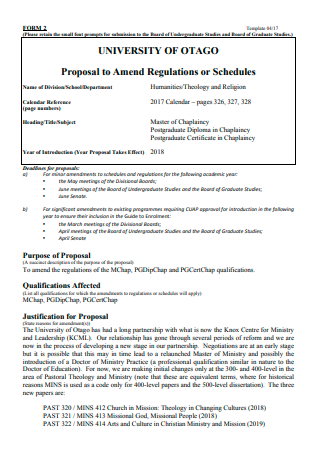
Simple University Partnership Proposal
download now -
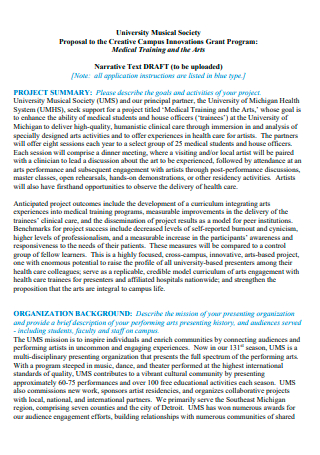
Draft University Partnership Proposal
download now -
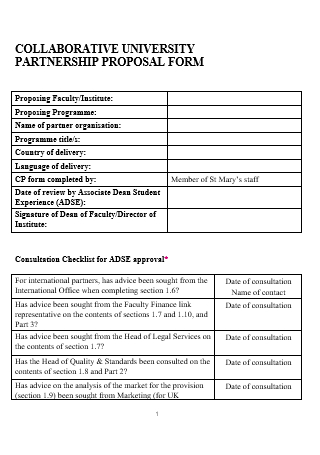
Collaborative University Partnership Proposal Form
download now -
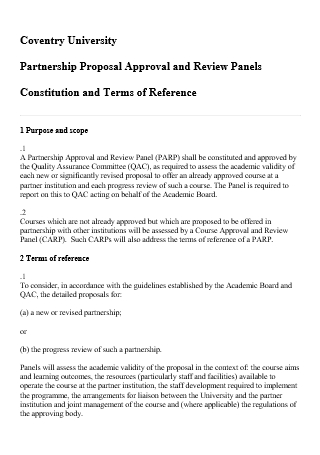
University Partnership Proposal in DOC
download now
FREE University Partnership Proposal s to Download
18+ Sample University Partnership Proposal
What Is An University Partnership Proposal?
Types of University Partnerships
Tips for Proposing a Business Partnership
How to Write a University Partnership Proposal
FAQs
What is the structure of a proposal?
Why are partnerships important for universities?
What are partnership proposals?
What Is An University Partnership Proposal?
A partnership proposal is a document written prior to the signing of any contract or agreement in a business partnership to establish the benefits of running the company or agreement jointly. In layman’s terms, a company approaches another company, or in this case, a university may approach an established company to explain why they should collaborate and how the collaboration would benefit both sides. The university partnership proposal definition is incorporated from this understanding and a university partnership proposal template will assist you in creating an eye-catching proposal that explains how you and the possible business partner can thrive and benefit each other.
Types of University Partnerships
There are various types of partnerships that a university may look into for potential ties between a company or organization and the academic or non-academic groups within their institution. This all depends on what would work and what can help the students be in touch with their respective fields. This curated list of university partnerships can help you to define your university partnership proposal ideas into a fully recognizable document that would have an actual shot of being recognized.
Tips for Proposing a Business Partnership
Business is a complicated venture to get into without a proper plan, proper tools, and a lack of visualization and creativity. You can expect it to be doomed the moment you jump right into the action without thinking of your plans ahead. This list is curated for you to be aware of what you have to keep in mind while preparing a proposal for a business partnership.
How to Write a University Partnership Proposal
Going through both of the curated lists that have been prepared means you have absorbed the details revolving around a university partnership proposal. But you may still be puzzled about what to include in a partnership proposal. Don’t worry, this next section of the article will help you to further be aware of what content goes into which step. It’s time to structure your partnership proposal after your initial research and meeting with your potential partner. The proposal is your opportunity to make a good first impression on your recipient.
Step 1: Prepare an Introduction
The introduction to your proposal’s goal is to pique the recipient’s interest. This section should include basic information about you and your company, as well as an overview of the topic to help the reader understand what the proposal is about. Mention any previous collaborations you have had, share the outcomes, communicate your values, and introduce your team. Don’t forget to include your contact information as well. As an additional bonus, it is recommended that you prepare a university partnership proposal cover page or university partnership proposal cover letter before immediately presenting your potential partner with a wall of paragraphs.
Step 2: State Your Proposal’s Purpose
Even if you have done a prior meeting or discussion with your potential partner, it is best to state the intentions of your proposal in clear writing. What you want to get out of this partnership or what problem you need to solve through it is the purpose of your proposal. Explain with accurate information regarding the proposal and make the primary message clear right away. Having it in writing will at least keep the information and agreement clear and you can have something you can both refer to in cases of disagreements.
Step 3: Elaborate on Your Goals and Objectives
Discuss how your goals align with those of the other company and the objectives you will set to get there together. This section is where you can elaborate on what certain goals and objectives you are planning to achieve as well as how through the partnership, you are able to commit to the institution’s own core values, vision statement, and mission statement.
Step 4: Add the Benefits
Since you have done enough research on the other company, go over all of the advantages you will bring. Explain the advantages they can expect from this collaboration in the near future. If you are unable to provide a direct benefit, though be prepared because your potential partner may decline to participate.
Step 5: Include Legal Considerations
It is not a good idea to collaborate with other businesses without formal partnership agreements. Partnerships, like all corporate structures, have legal ramifications. Include in the partnership all of the legal considerations that your potential partner should think about before signing on. This step may seem like it could be overlooked or skipped but do keep in mind that handling legal matters now is better than dealing with the consequences after.
FAQs
What is the structure of a proposal?
A proposal’s generic structure consists of an introduction that provides a brief overview of the problem, solution, costs, and benefits. The central issue or main definition of the issue is then presented, which includes the subject, purpose, main argument, background information, and importance. The written proposal’s purpose is to save you time by identifying a specific goal, determining whether pursuing that goal is worthwhile, developing a concrete strategy for meeting those goals, and verifying that the suggested scheme actually matches the stated goals. A proposal for an internal prospect can also be prepared if the proposition seeks to fill an overall organizational need or solve a problem.
Why are partnerships important for universities?
University collaborations provide numerous opportunities for both students and faculty. Institutions can provide international experiences such as study abroad programs and staff exchanges in addition to research opportunities and cultural awareness. Because forming university partnerships is time-consuming, only those identified as having the potential to last should be pursued. It can take a long time to build a strong relationship, from understanding the culture and goals of each other’s organizations to ensuring compatibility in terms of ethics and standards.
What are partnership proposals?
A partnership proposal is a document created prior to the signing of any contract or agreement in a business partnership to determine the benefits of running the business together. In layman’s terms, a company approaches another company to explain why they should collaborate and how the partnership will benefit both parties. In a similar sense, the partnership agreement aids in the prevention of conflict between partners. Disputes over the shareholding division, the roles and responsibilities of the partners, and the distribution of assets upon cancellation of the partnership may arise if the terms of the partnership are not clearly set out and recorded.
Partnerships, even in a professional sense, have their limits. An otherwise fruitful relationship should not get into a complicated association because things that go out of bounds are prone to mess up the situation. This does not only affect the partnership but the separate entities. With that in mind, utilize the university partnership proposal templates made available for you so you won’t have to start from scratch.
